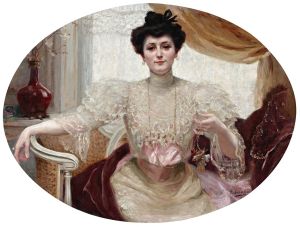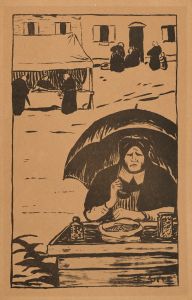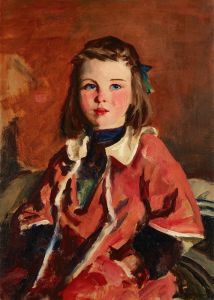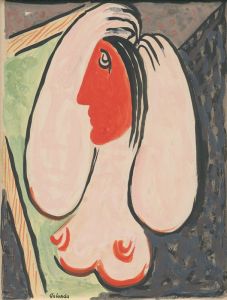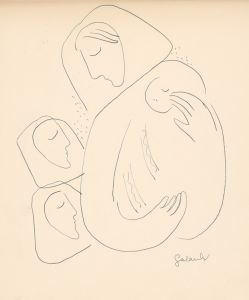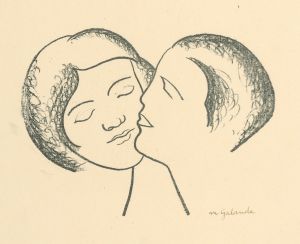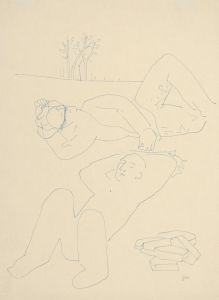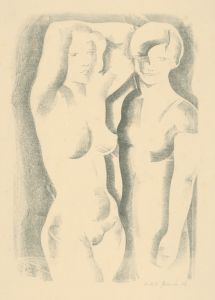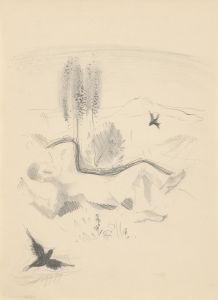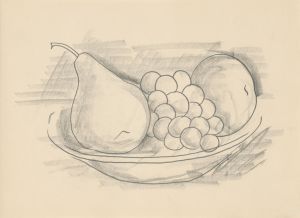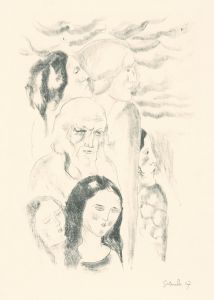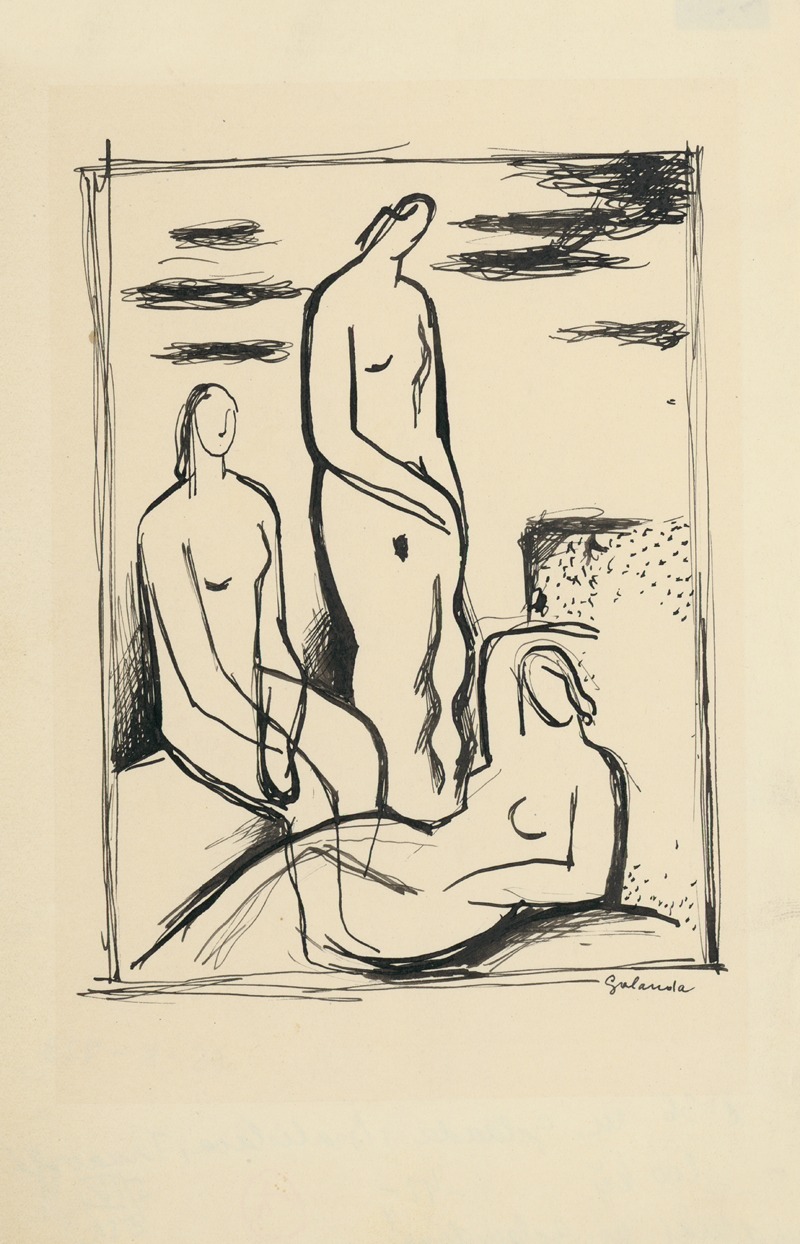
Tri ženy
A hand-painted replica of Mikuláš Galanda’s masterpiece Tri ženy, meticulously crafted by professional artists to capture the true essence of the original. Each piece is created with museum-quality canvas and rare mineral pigments, carefully painted by experienced artists with delicate brushstrokes and rich, layered colors to perfectly recreate the texture of the original artwork. Unlike machine-printed reproductions, this hand-painted version brings the painting to life, infused with the artist’s emotions and skill in every stroke. Whether for personal collection or home decoration, it instantly elevates the artistic atmosphere of any space.
Mikuláš Galanda was a prominent Slovak painter and illustrator, known for his contributions to modern Slovak art in the early 20th century. One of his notable works is "Tri ženy" (Three Women), which exemplifies his unique style and artistic vision. Galanda was part of the avant-garde movement and played a significant role in the development of Slovak modernism.
"Tri ženy" is a painting that reflects Galanda's interest in the human form and his ability to convey emotion and narrative through his art. The painting features three women, depicted in a manner that combines elements of modernism with traditional Slovak themes. Galanda's work often explored the relationship between tradition and modernity, and "Tri ženy" is no exception. The figures in the painting are stylized, with an emphasis on form and composition rather than realistic representation.
Galanda's style is characterized by bold lines, simplified forms, and a vibrant color palette. In "Tri ženy," these elements come together to create a composition that is both dynamic and harmonious. The use of color is particularly noteworthy, as Galanda employs a range of hues to create contrast and depth, drawing the viewer's attention to the interaction between the figures.
The painting is also significant for its cultural context. Created during a time of significant social and political change in Slovakia, "Tri ženy" can be seen as a reflection of the evolving role of women in society. Galanda's work often included themes of identity and cultural heritage, and his portrayal of women in this painting may suggest a commentary on these themes.
Mikuláš Galanda was a member of the "Generation 1909," a group of Slovak artists who were instrumental in introducing modernist ideas to Slovak art. His work was influenced by various European art movements, including Cubism and Expressionism, which is evident in the stylized forms and emotional intensity of "Tri ženy." Despite these influences, Galanda maintained a distinct style that was deeply rooted in Slovak culture and identity.
Throughout his career, Galanda was committed to advancing Slovak art and culture. He was not only a painter but also an illustrator and graphic designer, contributing to various publications and artistic projects. His work has had a lasting impact on Slovak art, and he is remembered as a pioneer who helped shape the direction of modern art in Slovakia.
"Tri ženy" remains an important work in Galanda's oeuvre, showcasing his ability to blend modernist techniques with traditional themes. The painting is a testament to his skill as an artist and his dedication to exploring the complexities of human experience through art. Today, Galanda's work is celebrated for its innovative approach and its contribution to the cultural heritage of Slovakia.





